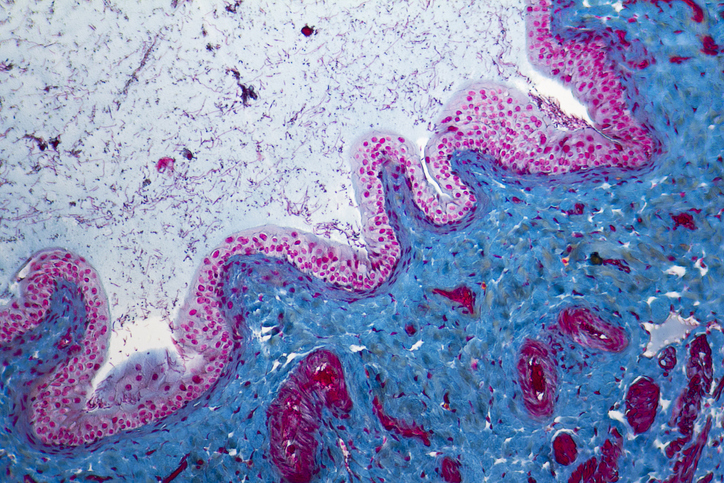
A study evaluated two strategies for gradual tapering toward disease-modifying antirheumatic drug- (DMARD) free remission for patients with established rheumatoid arthritis (RA).
“Reasons for tapering medication are among others reduction in costs, patient preference and prevention of (long-term) side effects. Tapering treatment may, however, lead to more transient or persistent disease flares with potential harmful consequences,” the study authors explained. “Previous research already showed that it is possible to taper DMARDs in RA and, therefore, current treatment recommendations advise to consider tapering therapy when patients with RA are in sustained remission. However, there is no consensus on the best tapering strategy.”
For the multi-center, single-blinded, randomized controlled trial, two tapering strategies were explored. One strategy first tapered the conventional synthetic DMARD (csDMARD)—in most cases, methotrexate—and then tapered the tumor necrosis factor (TNF) inhibitor. The other strategy first tapered the TNF-inhibitor then the csDMARD.
Patients were eligible for inclusion if they had well-controlled RA (Disease Activity Score [DAS] measured in 44 joints ≤2.4 and a swollen joint count ≤1 attained with a csDMARD and TNF-inhibitor) for at least three consecutive months. The main outcome measure was the number of RA flares; other outcomes included DMARD-free remission, DAS, functional ability measured by the Health Assessment Questionnaire Disability Index (HAQ-DI), and radiographic progression.
Final analysis included 189 patients: 94 in the csDMARD first group and 95 in the TNF-inhibitor first group. After two years, the cumulative flare rate in the csDMARD first group was 61% (95% confidence interval [CI], 50% to 71%), and in the TNF-inhibitor first group was 62% (95% CI, 52% to 72%). More patients in the csDMARD first group, compared to the TNF-inhibitor first group were able to finish the tapering protocol in its entirety (32% vs. 20%; P=0.12) and achieve DMARD-free remission (21% vs. 10%; P=0.07). There were no significant between-group differences in mean DAS (P=0.45) or HAQ-DI (P=0.17) overtime or radiographic progression (P=0.8).
The study was published in Annals of the Rheumatic Diseases.
“[DMARD-free remission] was achievable in a small proportion of patients and was seen slightly more frequent in patients that tapered their csDMARDs first. Because of similar effects from a clinical perspective, financial arguments may influence the decision to taper TNF-inhibitors first,” the researchers concluded.







 © 2025 Mashup Media, LLC, a Formedics Property. All Rights Reserved.
© 2025 Mashup Media, LLC, a Formedics Property. All Rights Reserved.